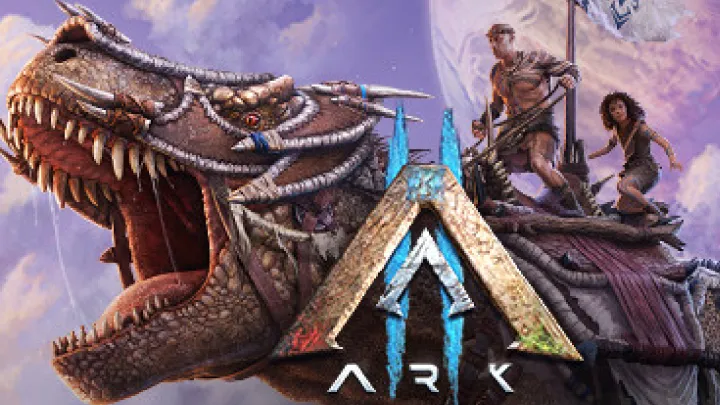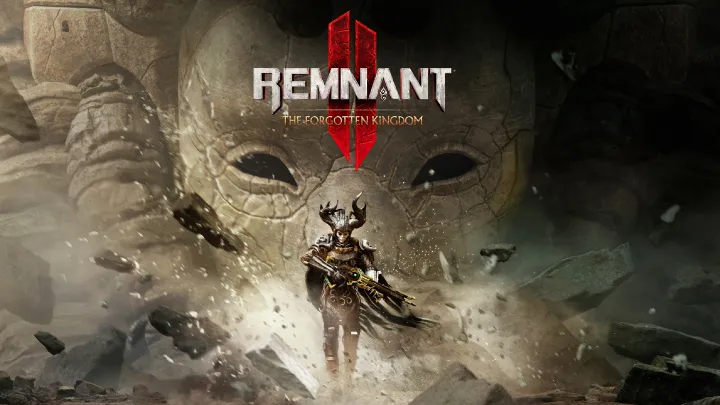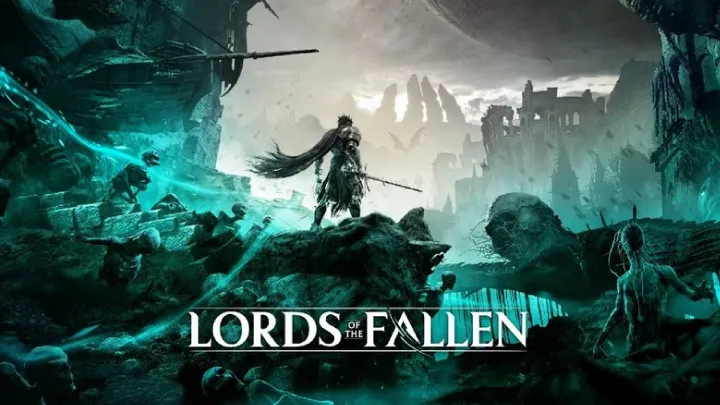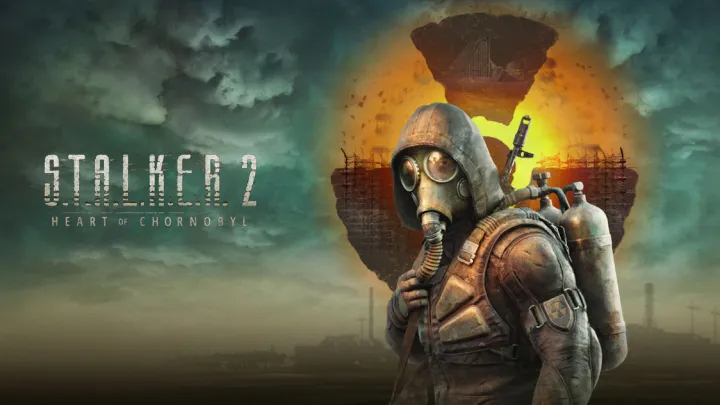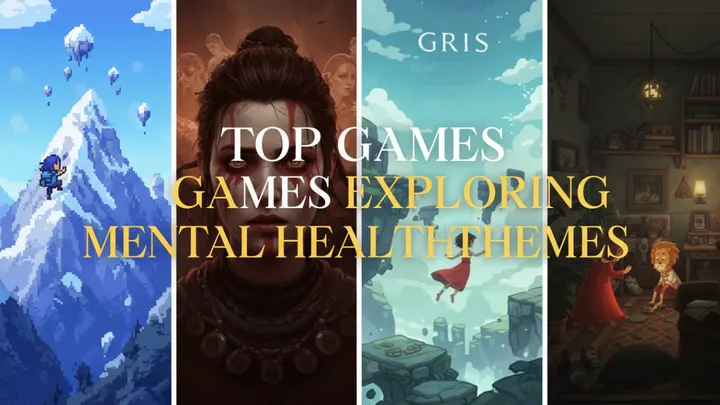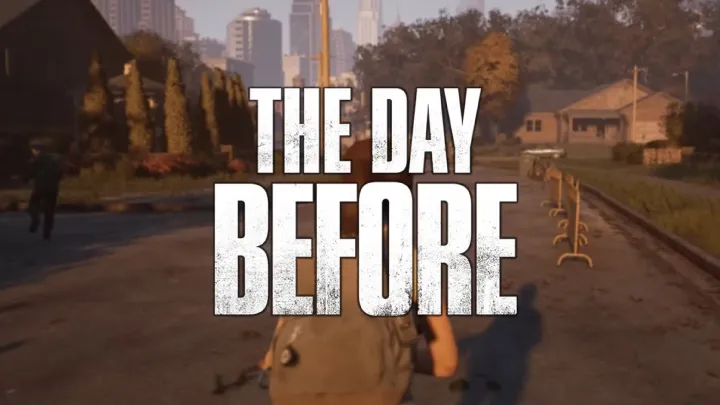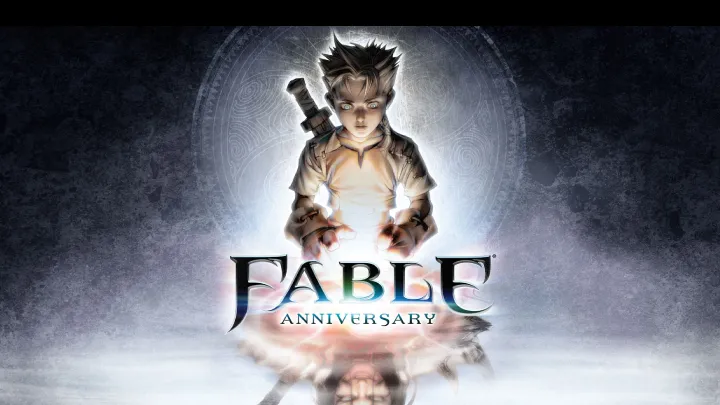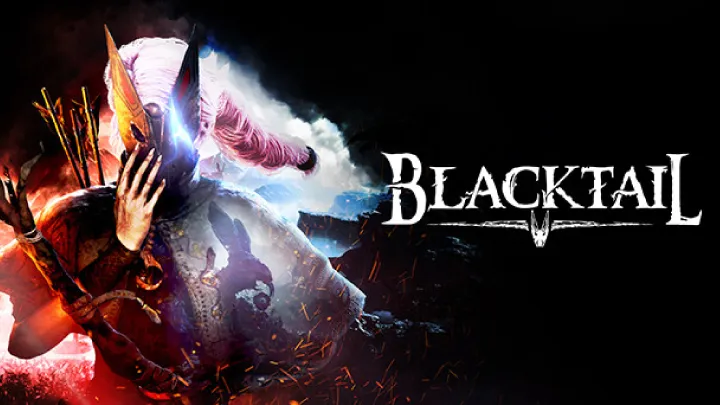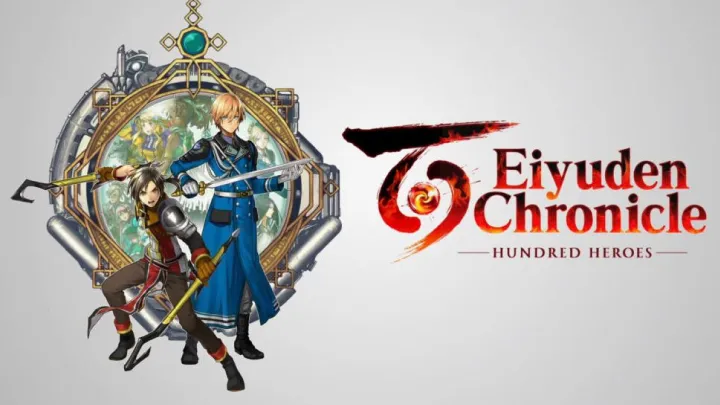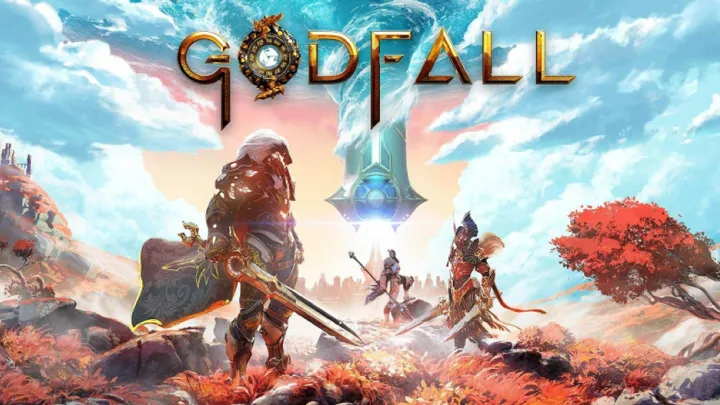Spider-Man 2, released in 2004, is a critically acclaimed action-adventure video game developed by Treyarch and published by Activision. Based on the Marvel Comics character Spider-Man, the game is inspired by the film of the same name, featuring an open-world environment set in New York City. Celebrated for its engaging gameplay, fluid web-swinging mechanics, and rich storyline, Spider-Man 2 has left a lasting impact on the gaming industry and the superhero genre. This article explores the game's development history, gameplay mechanics, narrative, cultural impact, and legacy.
Development History
Origins of the Game
The development of Spider-Man 2 was influenced by the success of its predecessor, Spider-Man, released in 2002. Following the positive reception of the first game, Activision sought to create a sequel that would expand on the gameplay experience while remaining true to the source material.
Collaboration with the Film
To ensure authenticity, the developers collaborated closely with the filmmakers of Spider-Man 2, including director Sam Raimi and actor Tobey Maguire, who reprised his role as Spider-Man in the game. This partnership allowed the game to capture the film's essence and deliver an experience that resonated with fans of both the comics and the movie.
Innovative Gameplay Design
The development team aimed to enhance the gameplay mechanics established in the first game. The introduction of an open-world environment was a significant focus, allowing players to explore New York City freely. The team also prioritized the web-swinging mechanic, striving for fluidity and realism to provide an immersive experience.
Gameplay Mechanics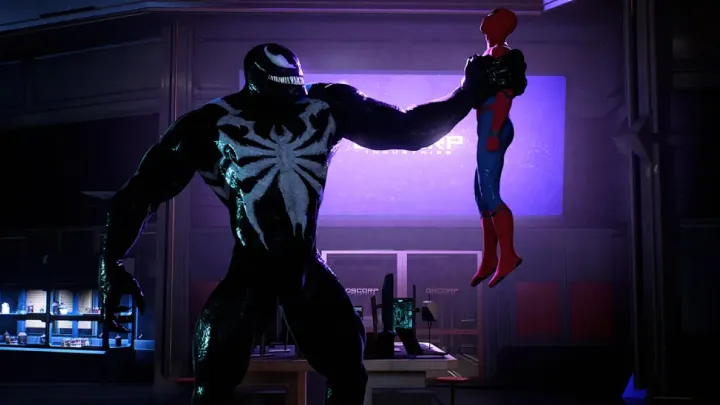
Open-World Exploration
Spider-Man 2 features a vast open-world rendition of New York City, filled with iconic landmarks, bustling streets, and a dynamic day-night cycle.
- Web-Swinging: The most notable aspect of the gameplay is the web-swinging mechanic, which allows players to traverse the city with a sense of speed and agility. Players can swing from buildings, perform acrobatic maneuvers, and navigate the environment in a way that feels natural and exhilarating.
- City Interactivity: The city is alive with various activities and events, including random crimes, pedestrians, and side missions. Players can choose to engage in these activities, contributing to a sense of immersion and realism.
Combat System
The combat system in Spider-Man 2 is dynamic and intuitive, enabling players to execute a variety of moves and combos.
- Combo Attacks: Players can string together various attacks, including punches, kicks, and web-based moves, to defeat enemies. The combat encourages creativity, allowing players to experiment with different fighting styles.
- Special Abilities: Spider-Man possesses unique abilities, such as web-shooting and wall-crawling, which can be used strategically in combat. Players can also unlock special moves and upgrades as they progress through the game.
Missions and Objectives
The game features a combination of main story missions and side quests, providing players with a diverse range of objectives.
- Story Missions: Players follow a narrative that closely mirrors the plot of the film, involving key characters such as Doctor Octopus and Mary Jane Watson. The missions often include cinematic cutscenes that enhance storytelling.
- Side Missions: In addition to the main storyline, players can engage in side missions that involve helping citizens, stopping crimes, and collecting hidden items. These activities contribute to character development and provide rewards.
Narrative and Characters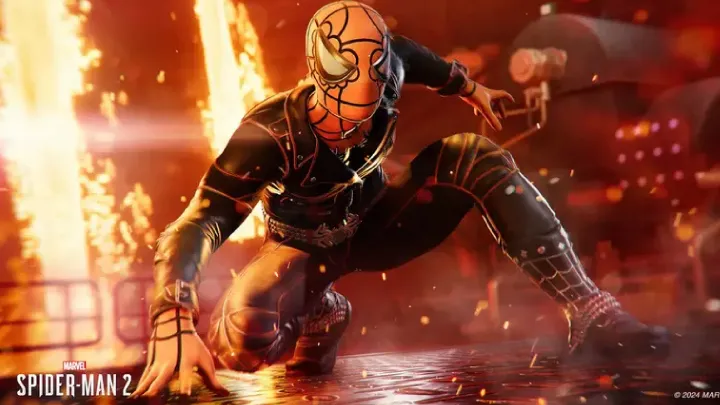
Plot Overview
The narrative of Spider-Man 2 follows Peter Parker as he navigates the challenges of being a superhero while balancing his personal life. The story explores themes of responsibility, sacrifice, and the complexities of heroism.
- Doctor Octopus: The primary antagonist, Doctor Octopus, poses a significant threat to New York City. The game explores his origin and motivations, providing depth to his character and creating a compelling conflict for Spider-Man.
- Romantic Subplot: The relationship between Peter Parker and Mary Jane Watson is central to the narrative, highlighting the personal sacrifices Spider-Man must make in his dual life. Players witness the emotional struggles Peter faces as he balances his responsibilities as a hero and a partner.
Supporting Characters
In addition to Spider-Man and Doctor Octopus, the game features a rich cast of supporting characters from the Spider-Man universe.
- Aunt May: As Peter's guardian, Aunt May provides emotional support and guidance throughout the game. Her character emphasizes the importance of family and the sacrifices Peter makes to protect those he loves.
- Harry Osborn: Peter's best friend, Harry, adds another layer of complexity to the narrative, particularly as the story unfolds and his relationship with Spider-Man evolves.
Cultural Impact
Reception and Critical Acclaim
Spider-Man 2 received widespread acclaim from players and critics alike, praised for its engaging gameplay, impressive graphics, and faithful adaptation of the Spider-Man character.
- Awards and Recognition: The game won several awards, including Best Action Game from the Academy of Interactive Arts & Sciences. Its innovative web-swinging mechanics set a new standard for superhero games.
- Player Engagement: Players were captivated by the immersive experience and the freedom to explore New York City. The game's combination of storytelling and gameplay resonated with fans of the franchise, solidifying its place in gaming history.
Influence on Future Games
Spider-Man 2 had a profound impact on subsequent superhero games, influencing design choices and gameplay mechanics.
- Open-World Design: The success of the open-world format in Spider-Man 2 inspired other developers to adopt similar approaches in their games, emphasizing player freedom and exploration.
- Web-Swinging Mechanics: The fluid web-swinging mechanics became a benchmark for future Spider-Man games, with many titles attempting to replicate the experience established by Spider-Man 2.
Legacy and Remakes
Enduring Popularity
Even years after its release, Spider-Man 2 remains a beloved title among gamers and Spider-Man fans.
- Nostalgia: Many players fondly remember their experiences with the game, often citing it as one of the best superhero games of all time. Its legacy continues to influence discussions about superhero game design.
Remakes and Reboots
In recent years, the gaming industry has seen a resurgence of interest in superhero titles, leading to remakes and reboots of classic games.
- Marvel’s Spider-Man (2018): Insomniac Games’ Spider-Man for PlayStation 4 drew inspiration from Spider-Man 2, particularly in its open-world design and web-swinging mechanics. The game received critical acclaim and commercial success, further solidifying Spider-Man's place in gaming culture.
- Continued Franchise Success: The Spider-Man franchise continues to thrive, with new games and adaptations being developed, demonstrating the enduring appeal of the character and his stories.
Conclusion
Spider-Man 2 stands as a landmark title in the realm of superhero video games, celebrated for its engaging gameplay, rich narrative, and innovative mechanics. The game's successful blend of exploration, combat, and storytelling has left a lasting legacy that continues to influence the gaming industry. As new generations of players discover the joys of swinging through New York City as Spider-Man, the impact of Spider-Man 2 will undoubtedly be felt for years to come. Whether through nostalgic memories or new adventures, Spider-Man 2 remains a quintessential experience for fans of the web-slinger and the gaming community alike.








